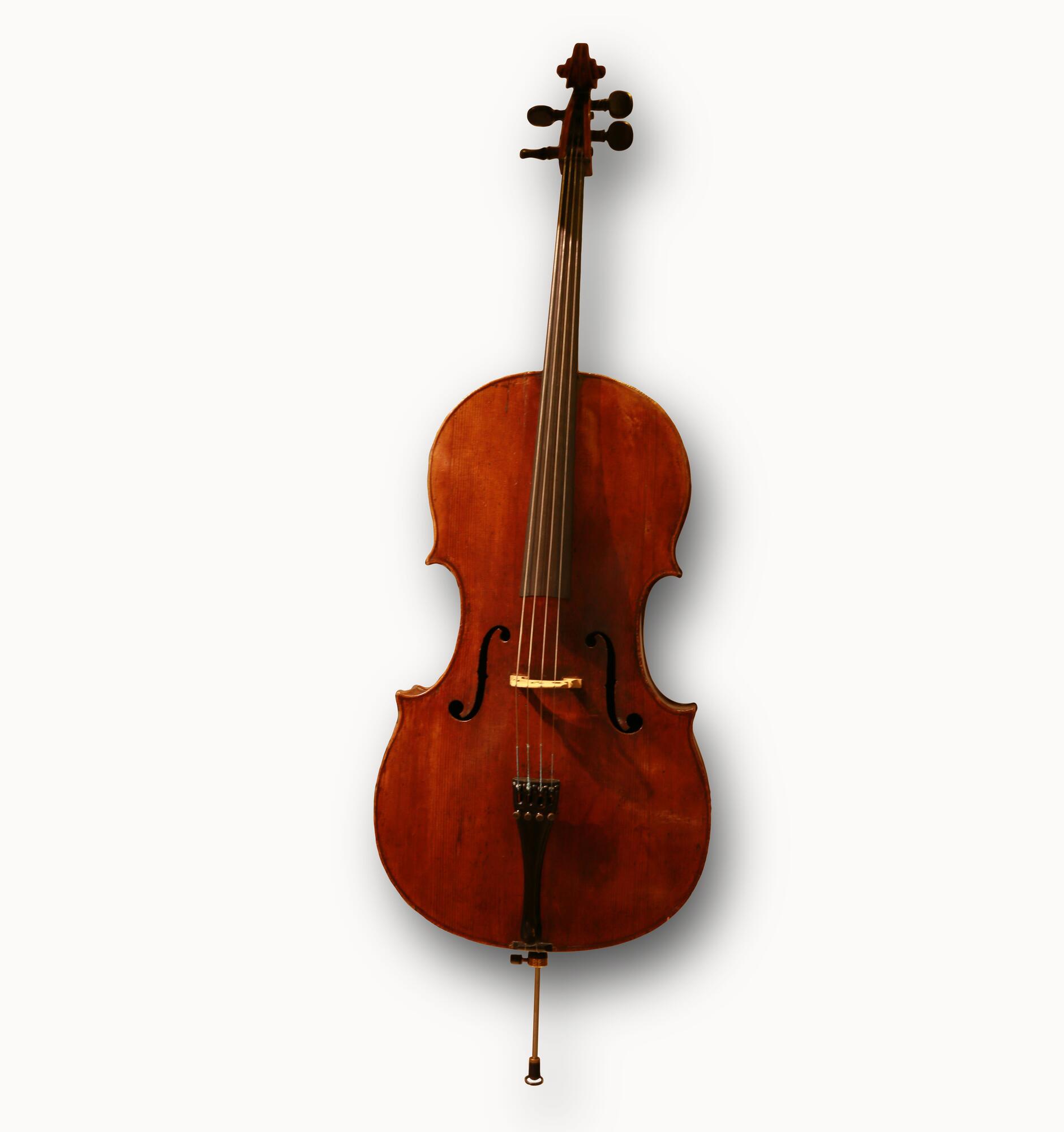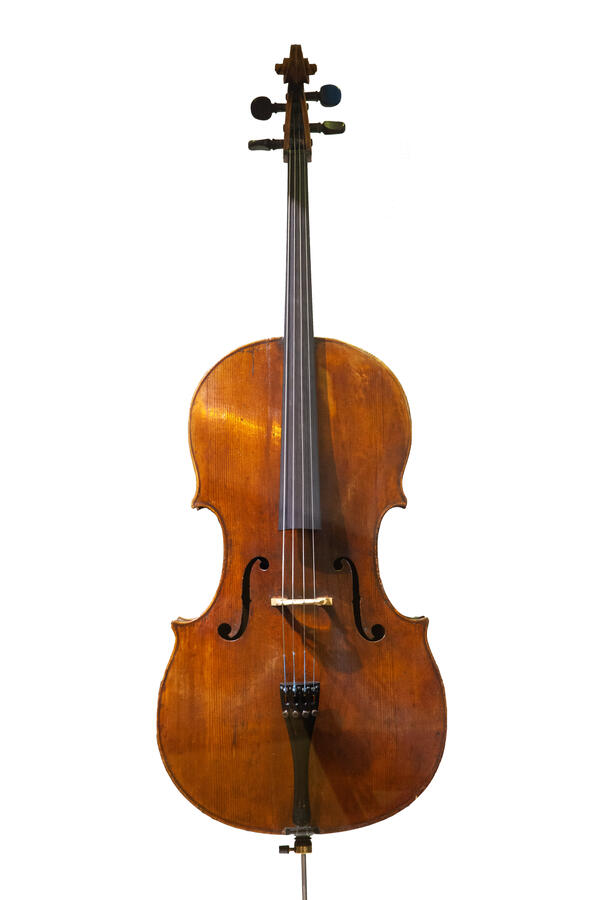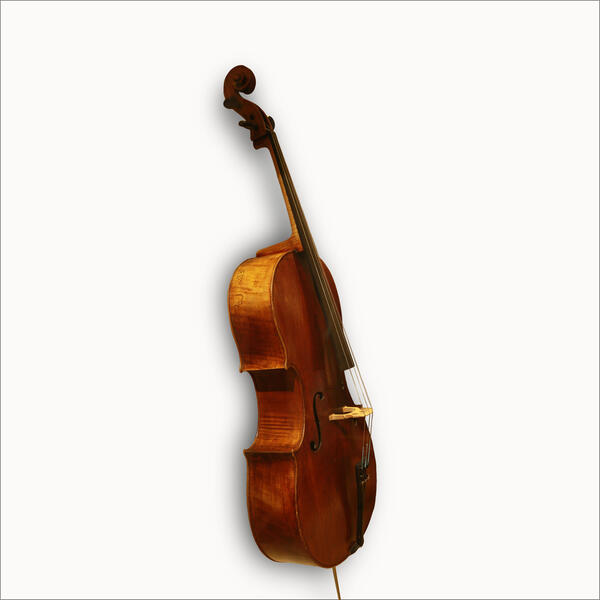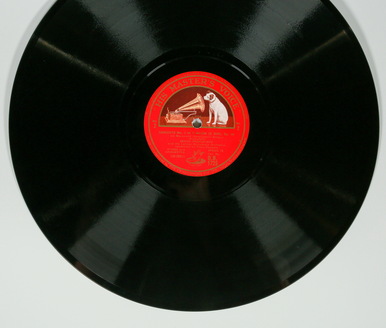The cello from the collection of the Sergei Prokofiev Museum was built by the famous master luthier Nicolò Amati.
Nicolò Amati was born into a family of luthiers in the town of Cremona, Italy. His grandfather Andrea Amati created the modern violin which had a soft silvery tone, but its beautiful sound was too quiet. Nicolò managed to improve the violin of his grandfather without compromising its quality. He also built other stringed instruments. His cellos are considered the best instruments of the 17th century. Few of them have survived to this day, and they are very highly valued. Nicolò Amati was also the teacher of other famous luthiers Antonio Stradivari and Andrea Guarneri.
Between 1954 and 1960, this cello used to belong to Mstislav Rostropovich. Sergei Prokofiev first noticed the young musician in 1947 when he was performing Prokofiev’s Cello Concerto in the Small Hall of the Moscow Conservatory. At the time, Rostropovich was only 20 years old, and he was at the very beginning of his brilliant career. Despite their 36-year age gap, the cellist and the composer struck up a friendship. The pianist Sviatoslav Richter commented that the two musicians looked so much alike that Prokofiev could easily be mistaken for the father of Rostropovich. The cellist often visited Prokofiev at his country house in Nikolina Gora.
Rostropovich reminisced that the composer looked quite eccentric at home: “As we drove into the gates, I saw Prokofiev coming towards us. He was wearing a raspberry-colored robe and had a towel wrapped around his head like a turban. The chickens and roosters he had just finished feeding were chasing after him.” In 1949, Prokofiev composed the Sonata for Cello and Piano and gave it to Rostropovich and Richter. They learned the piece and often performed it with great success.
Rostropovich kept asking Prokofiev to compose something for the cello. Following his requests, Prokofiev created the Symphony-Concerto for cello and orchestra, as well as the Cello Concertino and the Sonata for Solo Cello which were left unfinished due to the composer’s death.
Nicolò Amati was born into a family of luthiers in the town of Cremona, Italy. His grandfather Andrea Amati created the modern violin which had a soft silvery tone, but its beautiful sound was too quiet. Nicolò managed to improve the violin of his grandfather without compromising its quality. He also built other stringed instruments. His cellos are considered the best instruments of the 17th century. Few of them have survived to this day, and they are very highly valued. Nicolò Amati was also the teacher of other famous luthiers Antonio Stradivari and Andrea Guarneri.
Between 1954 and 1960, this cello used to belong to Mstislav Rostropovich. Sergei Prokofiev first noticed the young musician in 1947 when he was performing Prokofiev’s Cello Concerto in the Small Hall of the Moscow Conservatory. At the time, Rostropovich was only 20 years old, and he was at the very beginning of his brilliant career. Despite their 36-year age gap, the cellist and the composer struck up a friendship. The pianist Sviatoslav Richter commented that the two musicians looked so much alike that Prokofiev could easily be mistaken for the father of Rostropovich. The cellist often visited Prokofiev at his country house in Nikolina Gora.
Rostropovich reminisced that the composer looked quite eccentric at home: “As we drove into the gates, I saw Prokofiev coming towards us. He was wearing a raspberry-colored robe and had a towel wrapped around his head like a turban. The chickens and roosters he had just finished feeding were chasing after him.” In 1949, Prokofiev composed the Sonata for Cello and Piano and gave it to Rostropovich and Richter. They learned the piece and often performed it with great success.
Rostropovich kept asking Prokofiev to compose something for the cello. Following his requests, Prokofiev created the Symphony-Concerto for cello and orchestra, as well as the Cello Concertino and the Sonata for Solo Cello which were left unfinished due to the composer’s death.





